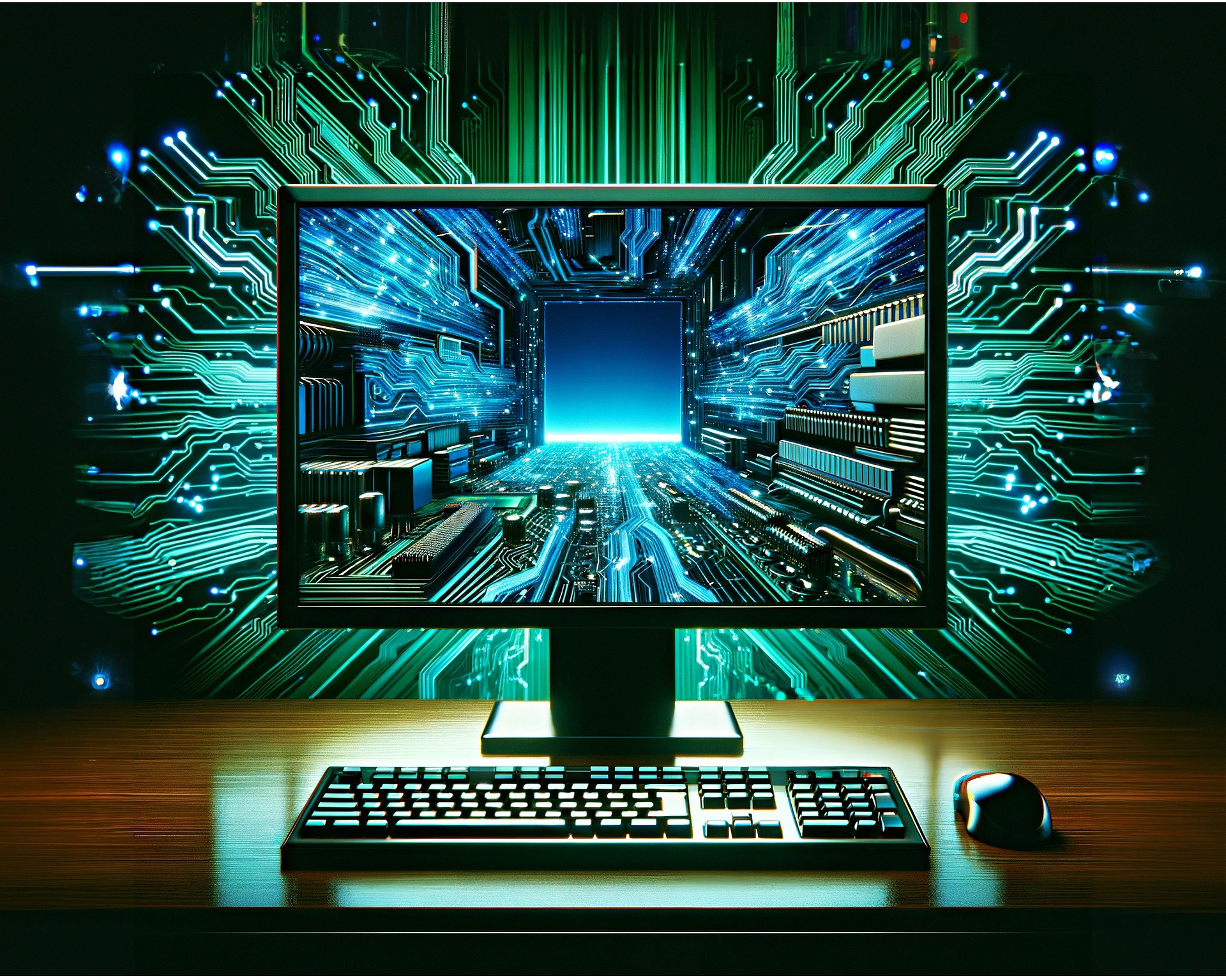The Surge of Edge Computing: Transforming Data Processing
Understand how edge computing is reshaping data processing, enhancing speed, and improving efficiency in various industries. Edge computing is rapidly gaining traction as a game-changer in the tech world. This innovative approach brings data processing closer to the source, resulting in faster and more efficient operations. Read below to explore the profound impact of edge computing on the technology landscape and its potential for future advancements.
What is Edge Computing?
Edge computing refers to the practice of processing data near the data source, rather than relying on centralized data centers. By decentralizing data processing, edge computing reduces latency and enhances real-time decision-making. This paradigm shift addresses the limitations of traditional cloud computing, which often struggles with delays and bandwidth issues due to the distance data must travel.
Edge devices, such as sensors, IoT devices, and local servers, play a crucial role in this ecosystem. These devices collect and analyze data at the edge of the network, enabling faster responses and reducing the load on central servers. The result is a more efficient system capable of handling large volumes of data with minimal delay.
Benefits of Edge Computing
One of the primary advantages of edge computing is its ability to significantly reduce latency. In applications where real-time processing is critical, such as autonomous vehicles or industrial automation, even a few milliseconds of delay can have substantial consequences. Edge computing ensures that data is processed locally, allowing for instantaneous responses.
Another key benefit is improved bandwidth efficiency. By processing data closer to its source, edge computing minimizes the need to transmit vast amounts of data over long distances. This not only reduces congestion on the network but also lowers costs associated with data transfer and storage in centralized cloud facilities.
Security is also enhanced with edge computing. By keeping sensitive data at the edge, rather than transmitting it to a central location, the risk of data breaches during transmission is reduced. Additionally, edge devices can employ robust security measures tailored to specific use cases, further safeguarding data.
Applications in Various Industries
Edge computing is finding applications across a diverse range of industries. In healthcare, for example, wearable devices equipped with edge computing capabilities can monitor patients in real time, providing immediate feedback to healthcare providers. This can lead to quicker diagnoses and more personalized treatment plans.
In the manufacturing sector, edge computing enables predictive maintenance of equipment. Sensors on machinery can detect anomalies and predict failures before they occur, reducing downtime and increasing operational efficiency. Similarly, in the retail industry, edge computing can enhance customer experiences by enabling real-time inventory management and personalized marketing.
The transportation industry also benefits significantly from edge computing. Autonomous vehicles rely on edge computing to process data from sensors and cameras in real time, allowing for safe and efficient navigation. Traffic management systems can also utilize edge computing to optimize traffic flow and reduce congestion.
Challenges and Considerations
Despite its advantages, edge computing also presents several challenges. One of the primary concerns is the need for robust and reliable edge devices. These devices must be capable of handling significant data processing tasks while operating in various environments, which can be demanding in terms of both hardware and software requirements.
Interoperability is another challenge, as edge devices often need to communicate with various other systems and platforms. Ensuring seamless integration and standardization across different devices and networks can be complex. Additionally, managing and maintaining a distributed network of edge devices requires effective strategies for monitoring and updating software.
Security, while improved in some respects, also presents new challenges. Protecting data at the edge involves securing numerous devices, each potentially vulnerable to different types of attacks. Ensuring comprehensive security across all edge devices and networks requires a multi-layered approach and constant vigilance.
The Future of Edge Computing
The future of edge computing looks promising, with ongoing advancements poised to further enhance its capabilities. The development of more powerful and efficient edge devices will drive greater adoption across industries. Innovations in artificial intelligence (AI) and machine learning (ML) will also play a significant role, enabling more sophisticated data processing at the edge.
5G technology is another key factor that will accelerate the growth of edge computing. With its high speed and low latency, 5G will enhance the performance of edge devices and expand their potential applications. From smart cities to connected healthcare, the combination of 5G and edge computing will open up new possibilities for innovation.
Useful Tips and Facts
- Latency Reduction: Edge computing can reduce latency to milliseconds, crucial for real-time applications.
- Bandwidth Efficiency: Local data processing decreases the need for extensive data transfer, cutting costs.
- Enhanced Security: Keeping data at the edge minimizes risks associated with data transmission.
- Diverse Applications: From healthcare to transportation, edge computing is transforming various sectors.
- 5G Integration: The rollout of 5G will further enhance the capabilities and adoption of edge computing.
Conclusion
Edge computing is poised to revolutionize data processing by bringing it closer to the source. Its ability to reduce latency, improve bandwidth efficiency, and enhance security makes it a valuable asset across numerous industries. As technology continues to evolve, edge computing will play an increasingly vital role in shaping the future of data processing, driving innovation and efficiency to new heights.





